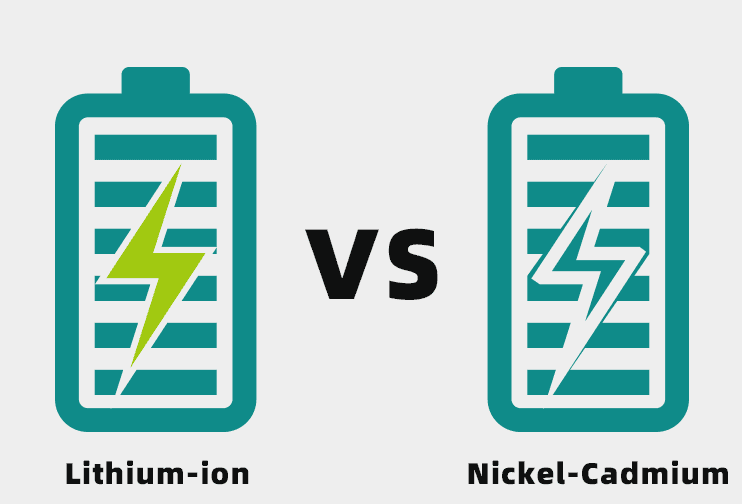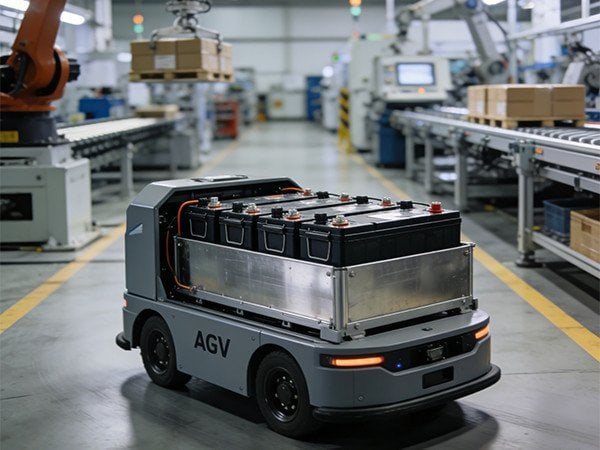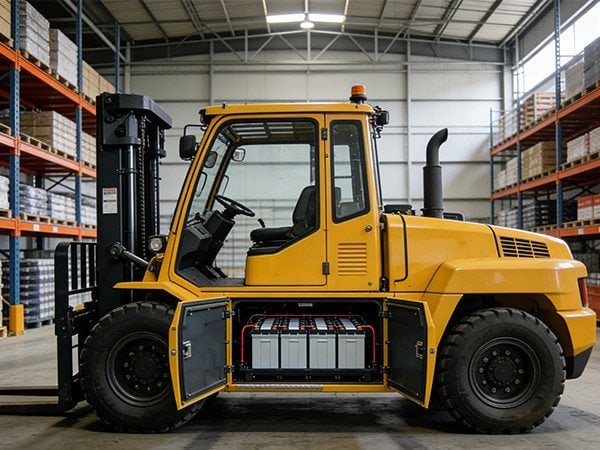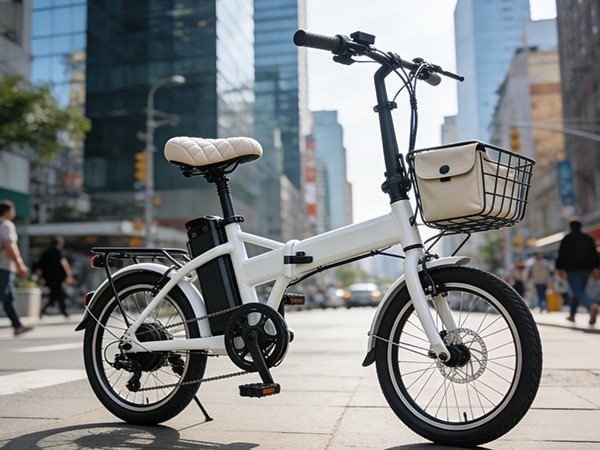Da die Nachfrage nach tragbarer Elektronik, Elektrofahrzeugen und Energiespeicherlösungen steigt, geht die Debatte zwischen Lithium-Ionen- (Li-Ion) und Nickel-Cadmium- (Ni-Cd) Batterien weiter. Beide sind weit verbreitet, aber welche von ihnen bietet die bessere Leistung, Sicherheit und Nachhaltigkeit? Hier ist ein detaillierter Vergleich.

1. Energiedichte: Lithium-Ionen übernimmt die Führung
Lithium-Ionen-Batterien weisen eine wesentlich höhere Energiedichte auf, d. h. sie können mehr Energie in einem kleineren, leichteren Gehäuse speichern. Das macht sie ideal für Smartphones, Laptops und Elektrofahrzeuge, bei denen kompakte Abmessungen und lange Laufzeiten entscheidend sind. Im Gegensatz dazu sind Ni-Cd-Batterien sperriger und speichern weniger Energie pro Volumeneinheit.
2. Memory-Effekt: Ein großer Nachteil von Ni-Cd
Ni-Cd-Akkus leiden unter dem "Memory-Effekt", bei dem unvollständige Entladezyklen ihre Kapazität mit der Zeit verringern. Lithium-Ionen-Batterien hingegen haben dieses Problem nicht, so dass sie jederzeit ohne Leistungseinbußen aufgeladen werden können.
3. Umweltauswirkungen und Sicherheit
Nickel-Cadmium-Batterien enthalten giftiges Cadmium, das bei unsachgemäßer Entsorgung ernsthafte Umweltrisiken birgt. Viele Länder haben ihre Verwendung aufgrund dieser Gefahren eingeschränkt. Lithium-Ionen-Batterien müssen zwar ordnungsgemäß recycelt werden, sind aber weniger schädlich und haben erhebliche Sicherheitsverbesserungen erfahren (z. B. Wärmeschutz, flammenhemmende Konstruktionen).
4. Lebensdauer und Kostenüberlegungen
Ni-Cd-Batterien bieten in der Regel mehr als 1.000 Ladezyklen, während Li-Ionen-Batterien zwischen 500 und 1.000 Zyklen aufweisen. Die mit der Zeit abnehmende Kapazität von Ni-Cd macht diesen Vorteil jedoch oft wieder zunichte. In Bezug auf die Kosten sind Ni-Cd-Batterien in der Anschaffung billiger, aber die Preise für Lithium-Ionen-Batterien sinken aufgrund der Massenproduktion weiter, so dass sie immer kostengünstiger werden.
5. Beste Anwendungsfälle
Ni-Cd-Batterien finden aufgrund ihrer Langlebigkeit unter extremen Bedingungen immer noch Nischenanwendungen in Industrieanlagen, in der Luftfahrt und in Notstromsystemen. In der Unterhaltungselektronik, bei Elektrofahrzeugen und bei der Speicherung erneuerbarer Energien dominieren jedoch Lithium-Ionen-Batterien dank ihrer überlegenen Effizienz und leichten Bauweise.
Mit den Fortschritten in der Lithium-Ionen-Technologie ist sie für die meisten Anwendungen die bevorzugte Wahl geworden. Nickel-Cadmium-Batterien, die zwar in bestimmten Fällen zuverlässig sind, werden aufgrund von Umweltbedenken und minderer Leistung aus dem Verkehr gezogen. Für die Verbraucher ist die Lithium-Ionen-Batterie nach wie vor die intelligentere und nachhaltigere Option.







